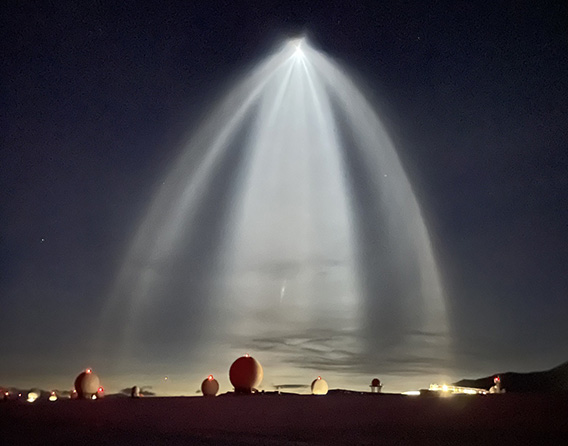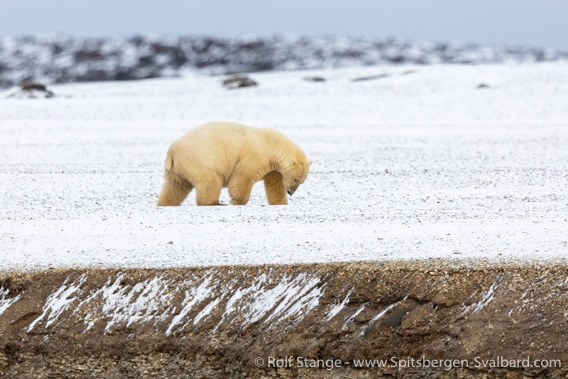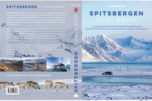-
current
recommendations- Liefdefjord
New page dedicated to one of Spitsbergen's most beautiful fjords. Background information and many photos.
- New Spitsbergen guidebook
The new edition of my Spitsbergen guidebook is out and available now!
- Liefdefjord
New page dedicated to one of Spitsbergen's most beautiful fjords. Background information and many photos.
Page Structure
-
Spitsbergen-News
- Select Month
- May 2025
- April 2025
- March 2025
- February 2025
- January 2025
- December 2024
- November 2024
- October 2024
- September 2024
- August 2024
- July 2024
- June 2024
- May 2024
- April 2024
- March 2024
- February 2024
- January 2024
- December 2023
- November 2023
- October 2023
- September 2023
- August 2023
- July 2023
- June 2023
- May 2023
- April 2023
- March 2023
- February 2023
- January 2023
- December 2022
- November 2022
- October 2022
- September 2022
- August 2022
- July 2022
- June 2022
- May 2022
- April 2022
- March 2022
- February 2022
- January 2022
- December 2021
- November 2021
- October 2021
- September 2021
- August 2021
- July 2021
- June 2021
- May 2021
- April 2021
- March 2021
- February 2021
- January 2021
- December 2020
- November 2020
- October 2020
- September 2020
- August 2020
- July 2020
- June 2020
- May 2020
- April 2020
- March 2020
- February 2020
- January 2020
- December 2019
- November 2019
- October 2019
- September 2019
- August 2019
- July 2019
- June 2019
- May 2019
- April 2019
- March 2019
- February 2019
- January 2019
- December 2018
- November 2018
- October 2018
- September 2018
- August 2018
- July 2018
- June 2018
- May 2018
- April 2018
- March 2018
- February 2018
- January 2018
- December 2017
- November 2017
- October 2017
- September 2017
- August 2017
- July 2017
- June 2017
- May 2017
- April 2017
- March 2017
- February 2017
- January 2017
- December 2016
- November 2016
- October 2016
- September 2016
- August 2016
- July 2016
- June 2016
- May 2016
- April 2016
- March 2016
- February 2016
- January 2016
- December 2015
- November 2015
- October 2015
- September 2015
- August 2015
- July 2015
- June 2015
- May 2015
- April 2015
- March 2015
- February 2015
- January 2015
- December 2014
- November 2014
- October 2014
- September 2014
- August 2014
- July 2014
- June 2014
- May 2014
- April 2014
- March 2014
- February 2014
- January 2014
- December 2013
- November 2013
- October 2013
- September 2013
- August 2013
- July 2013
- June 2013
- May 2013
- April 2013
- March 2013
- February 2013
- January 2013
- December 2012
- November 2012
- October 2012
- September 2012
- August 2012
- July 2012
- June 2012
- May 2012
- April 2012
- March 2012
- February 2012
- January 2012
- December 2011
- November 2011
- October 2011
- September 2011
- August 2011
- May 2011
- April 2011
- March 2011
- February 2011
- January 2011
- December 2010
- November 2010
- September 2010
- August 2010
- July 2010
- June 2010
- May 2010
- April 2010
- March 2010
- February 2010
- November 2009
- October 2009
- August 2009
- July 2009
- June 2009
- May 2009
- April 2009
- March 2009
- February 2009
- January 2009
- December 2008
- November 2008
- October 2008
- August 2008
- July 2008
- June 2008
- May 2008
- April 2008
- March 2008
- February 2008
- April 2000
- Select Month
-
weather information
-
Newsletter

| Guidebook: Spitsbergen-Svalbard |
Home →
Yearly Archives: 2024 − News
Bright light on dark sky: from Russia with love
The dark sky above Spitsbergen was lit by a pretty spectacular light for s short moment on December 21, a sight that didn’t require additional alcohol or drugs to make one think of an UFO or something like that. Andreas Eriksson who works for KSAT, the company running the satellite antenntas on Platåberg behind the airport, managed to take several photos that subsequently appeared on KSAT’s social media pages. Additionally, an automatic camera of the Kjell Henriksen Observatoriums in Adventdalen took an impressive video (click here to access the video on the website of the observatoriums; the gist of the matter comes after ca. 15 seconds).

Light phenomenon on the sky above Spitsbergen. Photo taken by Andreas Eriksson/KSAT.
The photos caused much speculation what it actually might have been. Amongst others it was suggested that it was Santa Claus trying out a new sledge. If so, it must have been a bit of a hot rod.
Meanwhile, information has surfaced that reveals the real nature of the light. The true explanation, as described by the Barents Observer is a Russian military rocket with “military infrastructure”. It is not known what this “infrastructure” actually is.
From Russia with love.
Polar bear killed by Avian flu in Alaska
It is not a good start into the news year 2024.
The news came from Alaska: the Avian influenza virus is shown to be the cause of death of a polar bear for the first time, as the local newspaper Alaska Beacon writes.

Potentially lethal also for him: polar bear in Spitsbergen.
Specialists of the Division of Environmental Health – State Veterinarian say that this did not come as a surprise, as avian flu has killed numerous mammals of various species before, including various seals, red fox, brown bears, black bears and grizzly bears.
In contrast to earlier outbreaks of the Avian flu such as in 2014-15, the current outbreak seems to be long-lived and the virus seems capable of long-term survival in wildlife populations including mammals. The current virus has already had severe impacts on seabird populations in north Norway, where mainly kittiwakes were affected, as well as a large kittiwake colony on the island of Hopen which is part of the Norwegian Svalbard archipelago. The virus is also found in the Southern Ocean, including the Falkland Islands and South Georgia; in South America, it killed large numbers of wild animals including not only seabirds but also sea lions, mainly in Chile and Peru, as reported e.g. by the WOAH (World Organization for Animal Health).
The health risk for humans is described as “very low”, but the Avian influenza virus has to be considered a long-lived threat for wildlife populations that are already under pressure from climate change and, in many cases, other threats.
News-Listing live generated at 2025/May/04 at 03:03:10 Uhr (GMT+1)




























